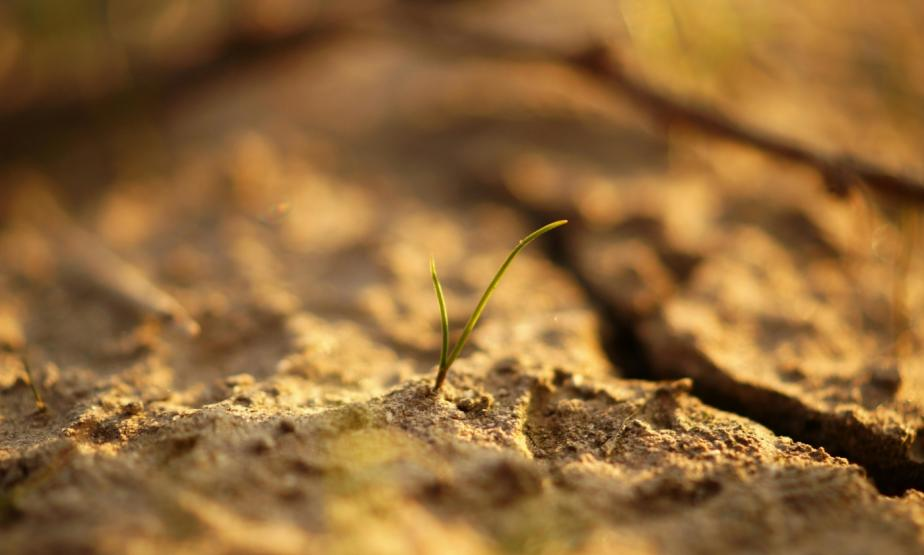Soil pollution has become a global environmental issue, severely threatening ecological balance and human health. Traditional soil remediation methods suffer from problems such as low efficiency, high costs, or risks of secondary pollution. In recent years, Sodium Persulfate, as a core remediation agent in oxidation technology, has attracted widespread attention due to its ability to efficiently degrade pollutants. It has been listed as a recommended technology in the Technical Catalogue for Contaminated Site Remediation (2023 Edition).

Ⅰ. Mechanism of Action of Sodium Persulfate
Sodium Persulfate is a strong oxidizing agent. During soil remediation, it can generate highly oxidizing sulfate radicals through activation. These sulfate radicals are extremely reactive and possess a high redox potential, enabling them to react with various pollutants in the soil.
For common organic pollutants in soil, such as polycyclic aromatic hydrocarbons (PAHs) and petroleum hydrocarbons, sulfate radicals can gradually destroy the molecular structure of these organic pollutants through a series of complex chemical reactions. In this process, organic pollutants are gradually degraded, ultimately breaking down into relatively harmless or easily biodegradable substances such as small-molecule organic acids, carbon dioxide, and water, thereby achieving effective removal of organic pollutants.
Ⅱ. Safety of Sodium Persulfate in Soil Remediation
Minimal Impact on Soil Ecosystems
Soil contains a rich microbial community, which plays a crucial role in ecological functions such as soil fertility maintenance and material cycling. As a strong oxidizing agent, Sodium Persulfate significantly inhibits soil microbial communities during remediation. However, compared to some extreme remediation methods, its impact has stronger reversibility. In the later stage of remediation, as oxidants are consumed and degradation products are diluted, microbial communities typically have strong recovery potential.
In addition, compared to strong acid or alkali reagents, Sodium Persulfate causes less direct damage to soil structure and does not drastically destroy aggregates. However, its oxidation process may consume soil organic matter, and the accumulated salts (sodium sulfate) or local acidification effects may potentially affect the long-term stability of soil structure under specific conditions. Therefore, a reasonable assessment based on soil type and dosage is required in advance.
Low Harmfulness of Degradation Products
After Sodium Persulfate undergoes oxidation reactions in soil, its main degradation products include substances such as sodium sulfate. Sodium sulfate is a salt widely present in the natural environment, with low acute toxicity and relatively high environmental friendliness. It should be noted that excessive use may lead to increased soil salinity, posing a risk of salinization. Additionally, acidic substances may be generated during remediation, or introduced sulfates may cause a decrease in soil pH under specific conditions, leading to acidification risks. However, by reasonably controlling the dosage and application method of Sodium Persulfate, the above potential risks can be minimized. After remediation, effective soil pollution control and protection of the health and stability of the soil ecosystem can be achieved by closely monitoring changes in soil salinity and pH, and taking appropriate leaching or conditioning measures when necessary.
Ⅲ. High Efficiency of Sodium Persulfate in Soil Remediation
Rapid Pollutant Degradation
The sulfate radicals generated by Sodium Persulfate have extremely strong oxidizing capacity, enabling them to react with soil pollutants in a short time, rapidly degrading pollutants. Compared to other remediation methods, Sodium Persulfate can achieve better remediation effects in a shorter period, significantly shortening the soil remediation cycle and improving remediation efficiency.
Applicable to Multiple Pollutants and Soil Types
Sodium Persulfate exhibits good degradation capabilities for various pollutants, allowing it to play an effective role in addressing complex and diverse soil pollution scenarios. Meanwhile, it has excellent soil adaptability—soil properties vary by region and geological conditions, with differences in acidity, water content, and organic matter content. By selecting appropriate activation methods (such as acid activation, alkali activation, thermal activation, transition metal activation, etc.), Sodium Persulfate can be applied to soil remediation over a wide pH range, further expanding its application scenarios. The Sodium Persulfate products from Fujian ZhanHua Chemical have a purity of ≥ 99% (iron content ≤ 5ppm) and, due to their good adaptability, demonstrate excellent performance in various soil remediation scenarios.

Sodium Persulfate demonstrates high safety and efficiency in soil remediation through its unique mechanism of action. Fujian ZhanHua Chemical adheres to strict quality control standards in every 环节 from raw material selection to production processes for its Sodium Persulfate products, ensuring high purity, stable performance, and consistent effectiveness in various soil remediation scenarios. This reliable quality provides a solid guarantee for soil remediation results.